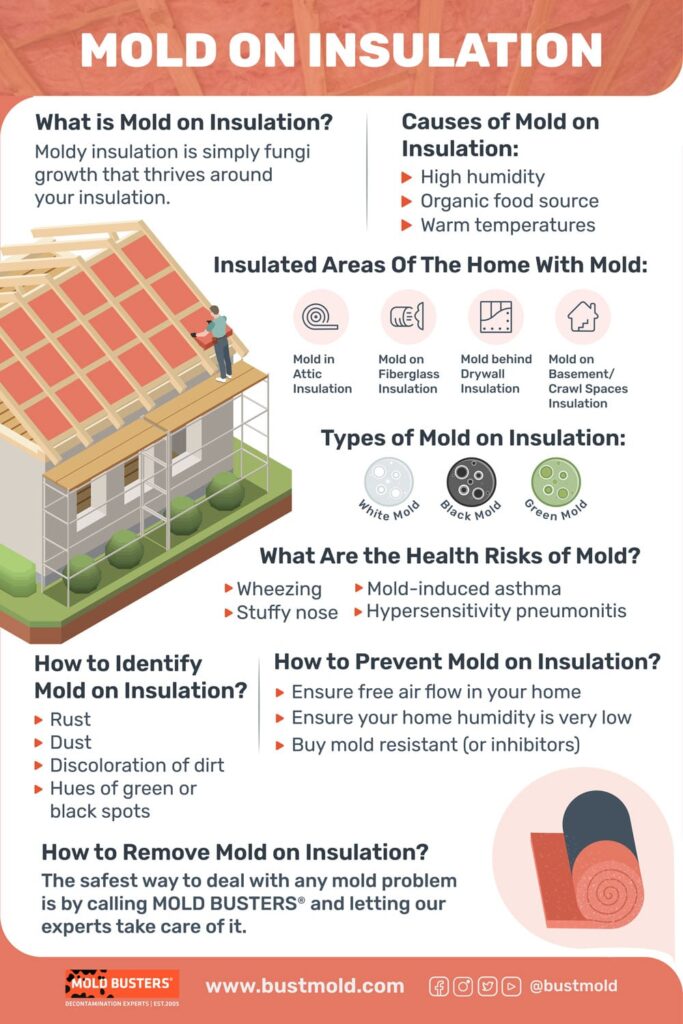
Discover how to effectively inspect and address attic mold issues with our comprehensive guide. Learn key tips and techniques for identifying, treating, and preventing mold growth in your attic.
Identifying Attic Mold: A Comprehensive Inspection Guide
Identifying Attic Mold: A Comprehensive Inspection Guide is a crucial resource within the Mold Solutions Guide. This guide provides detailed information on how to effectively identify mold in your attic through a comprehensive inspection process. It covers important aspects such as common mold types found in attics, signs of mold growth, and steps to take once mold is identified. By following the guidelines outlined in this guide, individuals can better understand and address mold issues in their attics to ensure a safe and healthy living environment.
Frequently Asked Questions
How can I tell if there is mold in my attic?
You can tell if there is mold in your attic by looking for visual signs of mold growth such as black spots or patches, musty odors, water stains, or any signs of water damage. Additionally, if you experience respiratory issues or allergy symptoms when spending time in the attic, it could indicate the presence of mold. It is important to conduct a professional mold inspection to accurately determine if mold is present.
What are the common signs of mold growth during an attic inspection?
The common signs of mold growth during an attic inspection include musty odors, visible discoloration or stains on surfaces, water leaks, excessive humidity, and visible mold growth on insulation or wooden structures.
Is attic mold dangerous to my health?
Attic mold can be dangerous to your health due to the potential release of mold spores into the air, which can be inhaled and cause respiratory issues.
Should I hire a professional for attic mold inspection?
Yes, you should hire a professional for attic mold inspection to ensure accurate assessment and proper remediation of any mold issues.
What are the steps involved in conducting an attic mold inspection?
The steps involved in conducting an attic mold inspection typically include:
1. Visual inspection to identify signs of mold growth.
2. Moisture assessment to detect sources of water intrusion.
3. Air sampling to analyze mold spore levels.
4. Surface sampling to determine the type of mold present.
5. Creation of a remediation plan based on inspection findings.
In conclusion, attic mold inspection is a crucial step in maintaining a healthy indoor environment and preventing further damage to your home. By regularly checking for mold growth in your attic and addressing any issues promptly, you can ensure the safety of your family and the integrity of your property. Remember, early detection and professional remediation are key to effectively tackling attic mold problems. Stay proactive, stay informed, and keep your home mold-free with the help of Mold Solutions Guide.
![]()